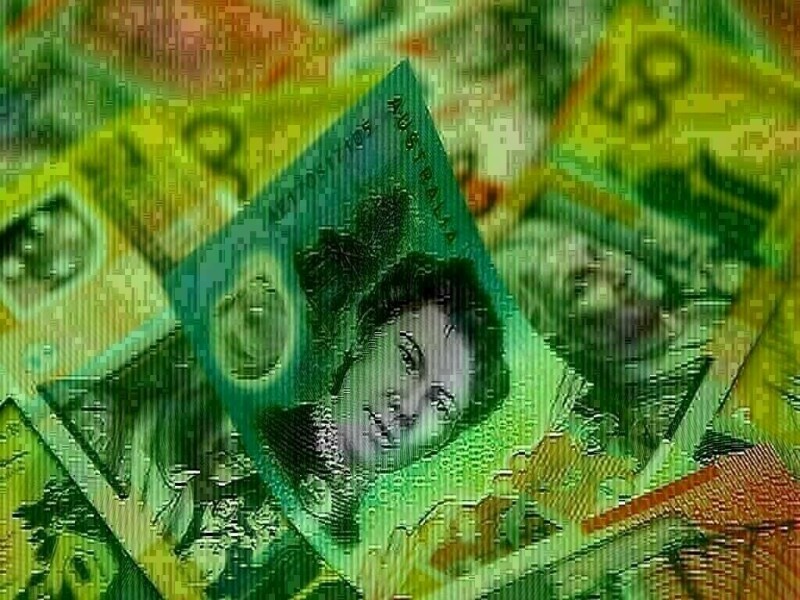SYDNEY: The Australian and New Zealand dollars were up from deep lows on Tuesday as the prospect of an Israel-Iran ceasefire boosted risk sentiment and slugged oil prices, soothing concerns about inflation.
While it was still not certain if the ceasefire would go ahead, or how long it might last, it was enough to leave Brent futures down around 10% from their peak at $70 a barrel.
“We see Brent oil futures falling to $US60-65/bbl as geopolitical tensions continue to ease,” said Vivek Dhar, an energy analyst at CBA. “Israel’s adherence to the ceasefire with Iran is the key upside risk to watch.”
The Aussie is often used as a liquid proxy for risk so the news helped it bounce to $0.6481, a marked turnaround from a five-week trough of $0.6373 hit overnight.
The rally caught speculators short and triggered stop-loss buying, saving what had been a very bearish technical situation.
The kiwi dollar scrambled to $0.5995, after touching a one-month low of $0.5883 overnight. Resistance lies at $0.6030 and the recent eight-month top of $0.6088.
The drop in oil lessened one upside risk to inflation and helped Australian three-year bond futures rise 4 ticks to 96.700.
Yields on 10-year bonds were down at 4.17%, from a top of 4.27% last week.
If the ceasefire holds, it removes one possible impediment to the Reserve Bank of Australia (RBA) cutting interest rates at its next meeting on July 8.
Markets imply around an 80% chance it will trim the 3.85% cash rate by 25 basis points.
That probability could change depending on what monthly consumer price data show on Wednesday.
Median forecasts are for the CPI to slow to an annual 2.3% in May, from 2.4% in April, thanks partly to a pullback in travel costs.
Analysts at NAB predict the key trimmed mean measure of core inflation will drop sharply to 2.4%, from 2.8%, taking it below the mid-point of the RBA’s 2% to 3% target band.
“The May monthly data contain important indicators of market services inflation,” they wrote in a note.
“Those parts of the inflation basket most sensitive to the labour market and domestic demand are consistent with inflation stabilising near the RBA’s target.”
They also assume housing costs will ease back after a surprise spike in April. If that does not eventuate, it would threaten a higher reading for the entire second quarter.
